Review Of The Karate Kid Part II: Thirty Years Later
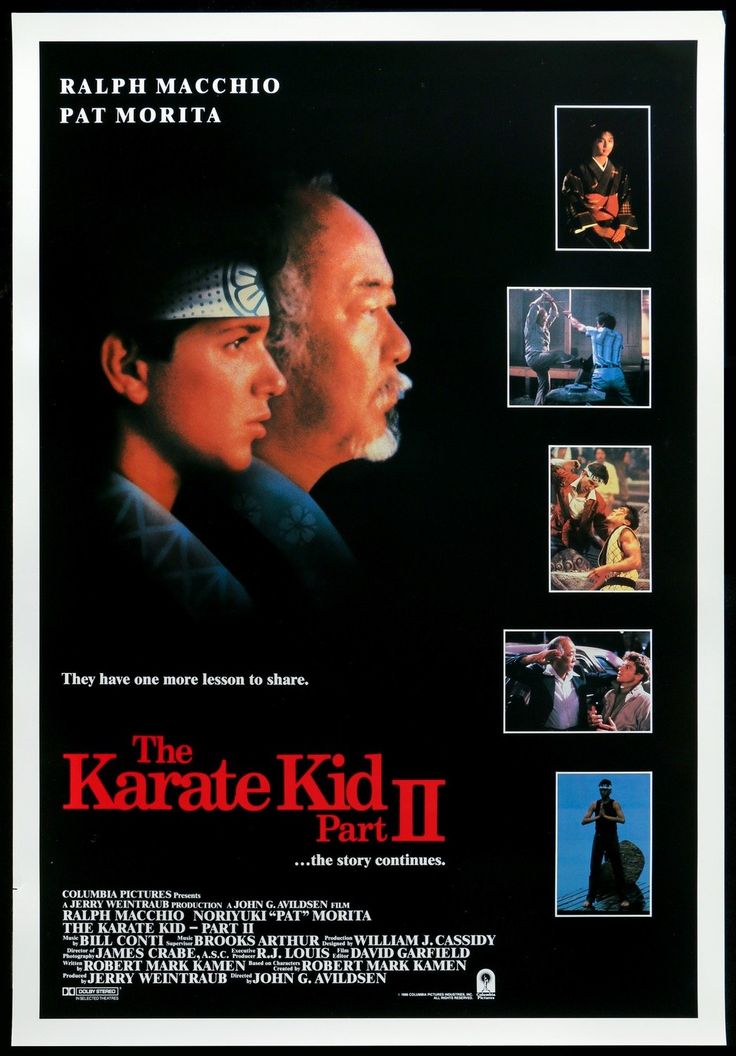
Table of Contents
A Cultural Journey to Okinawa: Exploring the Setting and its Significance
The Karate Kid Part II significantly departs from its predecessor by transporting Daniel LaRusso and Mr. Miyagi to Okinawa, Japan. This change of scenery provides a powerful backdrop, expanding the story beyond the familiar streets of Los Angeles and offering a fascinating cultural exchange. The film's depiction of Okinawan culture is a key element, enriching the narrative and adding depth to the characters' journeys. However, it’s important to analyze this portrayal through a modern lens, acknowledging both its successes and potential shortcomings in representing Okinawan traditions authentically.
- Exploration of Okinawan traditions: The film showcases various aspects of Okinawan life, including traditional karate styles, cultural practices, and the island's natural beauty. We see glimpses into family dynamics, local customs, and the spiritual significance of the land.
- Comparison with modern representations: Comparing the film's portrayal of Okinawa with more contemporary representations allows us to assess how accurately (or not) it captured the culture at the time and how perceptions have evolved since.
- Impact on character development: The Okinawa setting profoundly impacts Daniel and Mr. Miyagi's character arcs. The unfamiliar environment forces them to confront new challenges, pushing their bond to new depths and revealing hidden aspects of their personalities.
The Evolution of Daniel LaRusso and Mr. Miyagi's Relationship
The heart of The Karate Kid Part II lies in the evolving relationship between Daniel and Mr. Miyagi. Their journey to Okinawa strengthens their bond, yet also introduces new complexities. The mentor-student dynamic shifts as they navigate unfamiliar territory and confront personal demons. Mr. Miyagi's return to his homeland reveals a poignant backstory and adds emotional weight to the narrative.
- Shift in the mentor-student dynamic: The challenges faced in Okinawa lead to a more mature and reciprocal relationship. Daniel, no longer just a student, becomes a confidante and even a source of support for Mr. Miyagi.
- Mr. Miyagi's emotional journey: The film allows us to see Mr. Miyagi grapple with personal conflicts stemming from his past and his return to his ancestral home. This adds layers of depth to the character and enhances the emotional resonance of the story.
- The impact of shared experiences: Their shared experiences in Okinawa strengthen their bond, forging a deeper understanding and respect between them. The challenges they overcome together solidify their relationship in a way the original film didn't fully explore.
The Introduction of New Characters and Conflicts
The Karate Kid Part II introduces several compelling new characters, most notably Chozen Toguchi, a formidable antagonist whose presence dramatically elevates the stakes. This new conflict, set against the backdrop of Okinawa, differs significantly from the high school rivalries of the first film. It explores deeper themes of family honor, cultural pride, and personal redemption.
- Character profiles: Chozen, along with other antagonists and allies, adds layers of intrigue and complexity to the narrative. These characters are carefully crafted, contributing to the film’s richness and emotional depth.
- Thematic resonance: The new conflict in Okinawa is thematically richer, examining themes of cultural identity and the lingering effects of past injustices.
- Conflict resolution: While the original film featured a relatively straightforward resolution, the second film’s conclusion offers a more nuanced and emotionally complex resolution, reflecting the maturity of the characters and the complexity of the conflicts they face.
Action Sequences and Fight Choreography: A Critical Look
The action sequences in The Karate Kid Part II are arguably even more impressive than those in the first film. The fight choreography is more elaborate, incorporating elements of Okinawan karate styles and showcasing a more mature and sophisticated fighting style. The cultural influences on the techniques and the visual impact of the settings enhance the cinematic experience.
- Detailed analysis of specific fight scenes: Several fights, particularly the climactic confrontation, are brilliantly staged, showcasing stunning visual effects and expertly choreographed movements.
- Evolution of fighting styles: The film's fight choreography exhibits a noticeable evolution, reflecting the characters’ increased skill and experience.
- Comparison with other action films: Comparing the film's action sequences to other contemporary action movies provides context for appreciating its innovation and influence within the genre.
The Legacy of The Karate Kid Part II: Enduring Appeal and Critical Reception
Despite mixed critical reviews upon its initial release, The Karate Kid Part II has endured as a significant entry in the franchise. Its continued popularity stems from several factors including nostalgia, its engaging characters, and the enduring appeal of the themes explored. It holds a special place in the hearts of many viewers, cementing its legacy as a cultural touchstone.
- Box office performance and critical reviews: While not universally praised, the film's box office success and its enduring place in popular culture speak to its overall impact.
- Impact on popular culture: The Karate Kid Part II left its mark on popular culture, contributing to the enduring popularity of martial arts films and shaping perceptions of Okinawan culture (albeit sometimes imperfectly).
- Relevance in martial arts cinema: The film's contribution to the broader genre of martial arts cinema is undeniable, influencing subsequent films in terms of both its storytelling and its action sequences.
Conclusion: Final Thoughts on The Karate Kid Part II – Thirty Years On
Thirty years later, The Karate Kid Part II remains a compelling cinematic experience, offering a rich blend of cultural exploration, compelling character development, and exciting action sequences. While it may have its flaws, its enduring appeal speaks to its power and lasting legacy. This review highlights the cultural significance of the Okinawa setting, the deep emotional resonance of the Daniel/Miyagi relationship, and the impact of the innovative action choreography. Revisit this classic sequel and let us know your thoughts in the comments section below! Share your own review of The Karate Kid Part II – thirty years later!

Featured Posts
-
 Wnba Debut Paige Bueckers 10 Point Performance In Dallas Loss
May 07, 2025
Wnba Debut Paige Bueckers 10 Point Performance In Dallas Loss
May 07, 2025 -
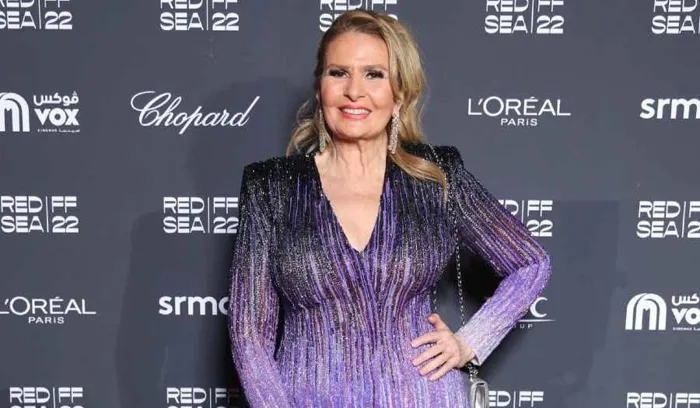 Mhrjan Lwkarnw Alsynmayy Ykrm Jaky Shan Jayzt Injaz Alemr
May 07, 2025
Mhrjan Lwkarnw Alsynmayy Ykrm Jaky Shan Jayzt Injaz Alemr
May 07, 2025 -
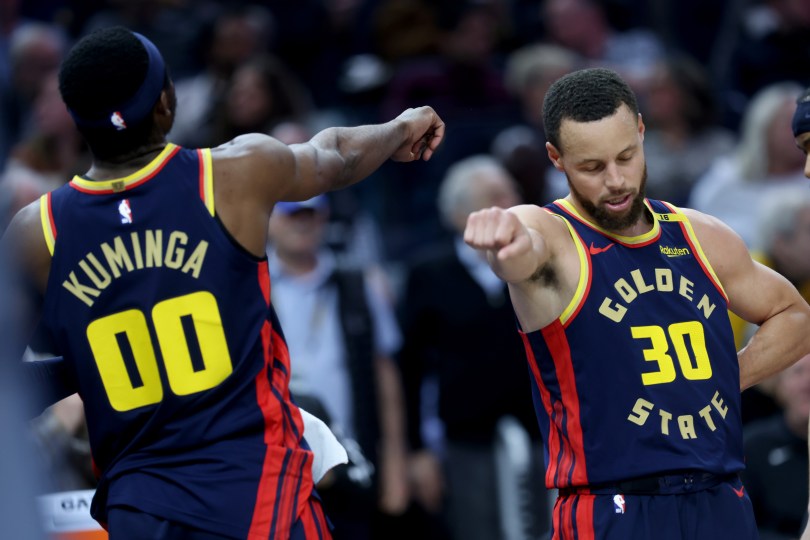 Warriors Triumph Kuminga Back Curry And Kerr Reach Career Milestones
May 07, 2025
Warriors Triumph Kuminga Back Curry And Kerr Reach Career Milestones
May 07, 2025 -
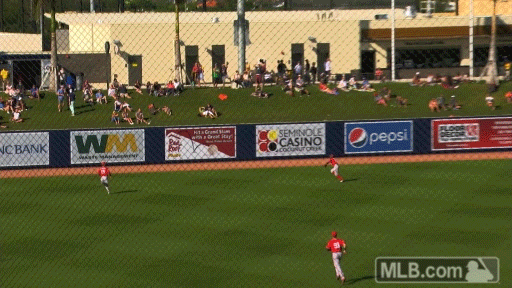 Robles Diving Catch And Injury A Costly Play For The Nationals
May 07, 2025
Robles Diving Catch And Injury A Costly Play For The Nationals
May 07, 2025 -
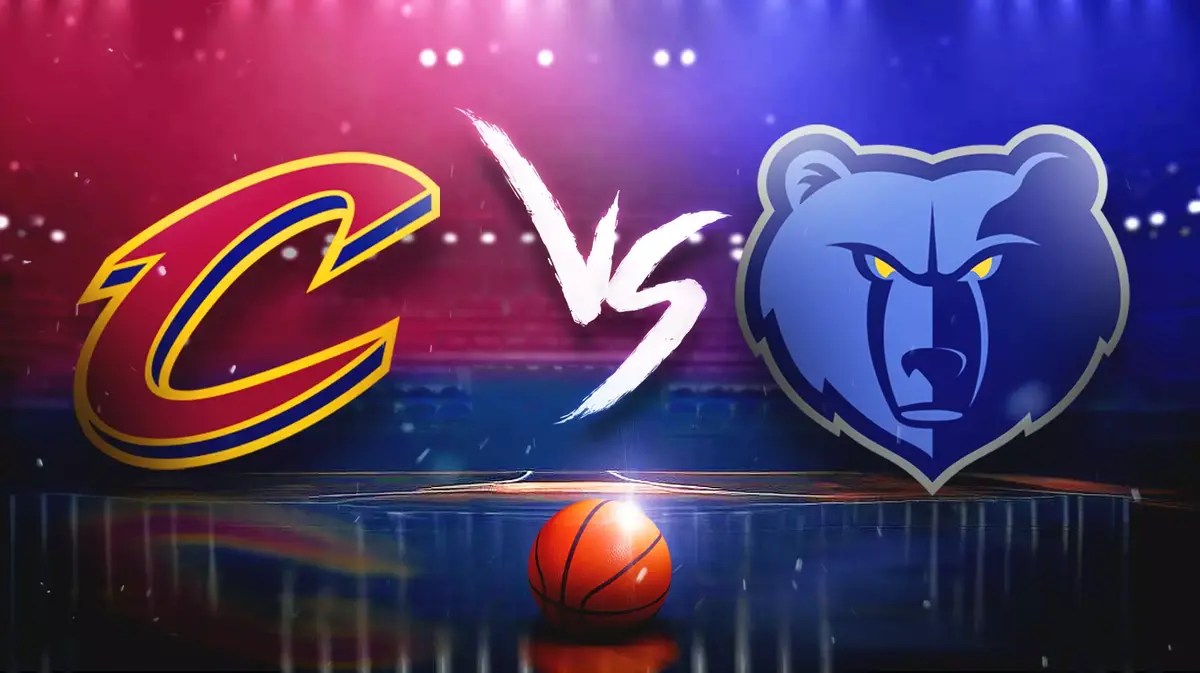 Cavaliers Vs Grizzlies Whos In And Whos Out On March 14th
May 07, 2025
Cavaliers Vs Grizzlies Whos In And Whos Out On March 14th
May 07, 2025
Latest Posts
-
 Breaking Bread With Scholars Fostering Collaboration And Intellectual Growth
May 08, 2025
Breaking Bread With Scholars Fostering Collaboration And Intellectual Growth
May 08, 2025 -
 Breaking Bread With Scholars A Guide To Meaningful Academic Discussion
May 08, 2025
Breaking Bread With Scholars A Guide To Meaningful Academic Discussion
May 08, 2025 -
 Awdhw Ka Armghan Kys Myn Pwlys Ky Nakamy Ka Aetraf
May 08, 2025
Awdhw Ka Armghan Kys Myn Pwlys Ky Nakamy Ka Aetraf
May 08, 2025 -
 Krachy Pwlys Ky Karkrdgy Pr Swalat Awdhw Ka Aetraf
May 08, 2025
Krachy Pwlys Ky Karkrdgy Pr Swalat Awdhw Ka Aetraf
May 08, 2025 -
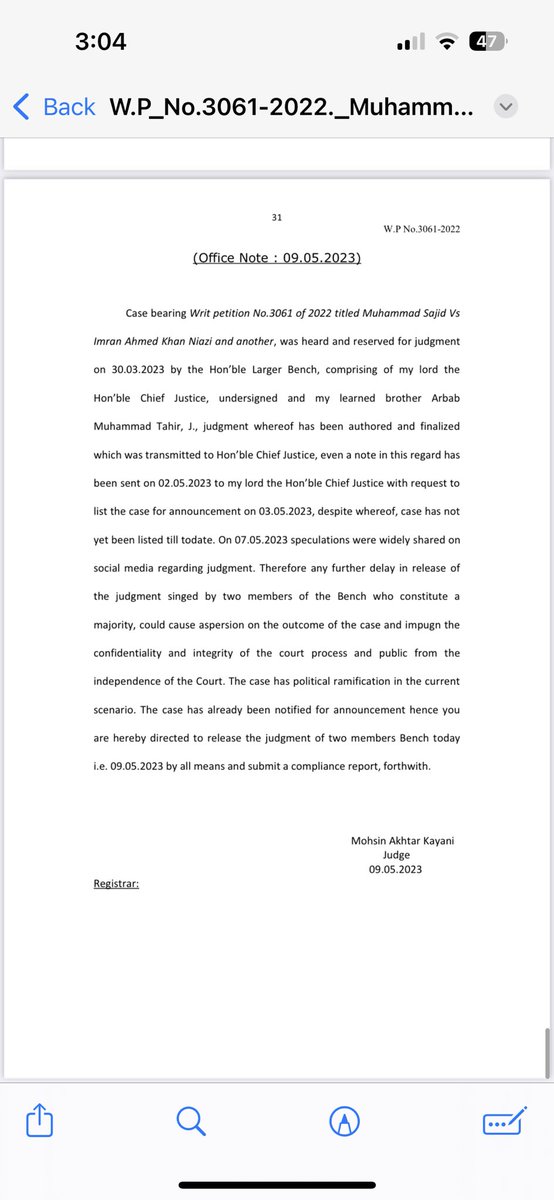 Armghan Kys Krachy Pwlys Chyf Ne Naahly Tslym Ky
May 08, 2025
Armghan Kys Krachy Pwlys Chyf Ne Naahly Tslym Ky
May 08, 2025
